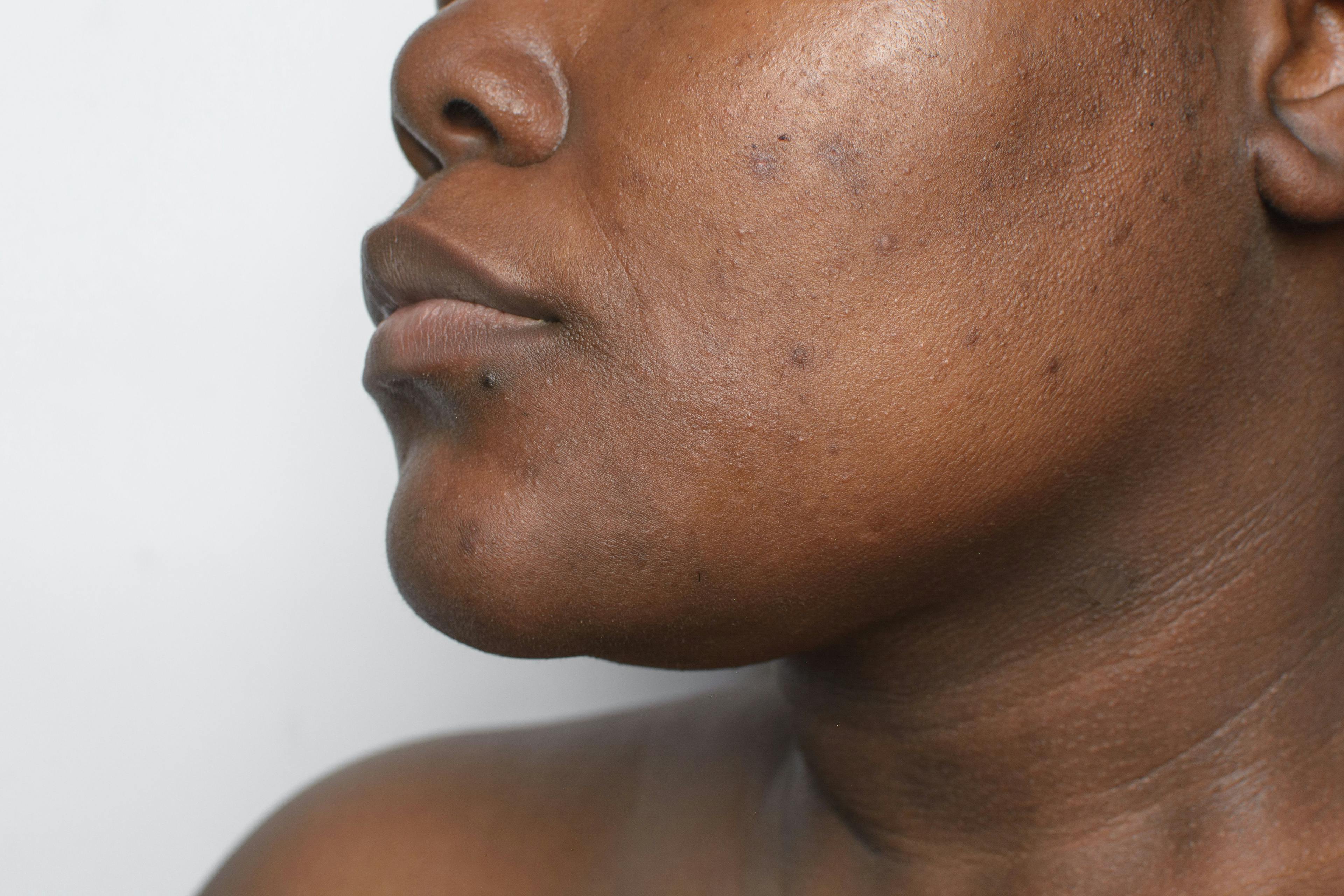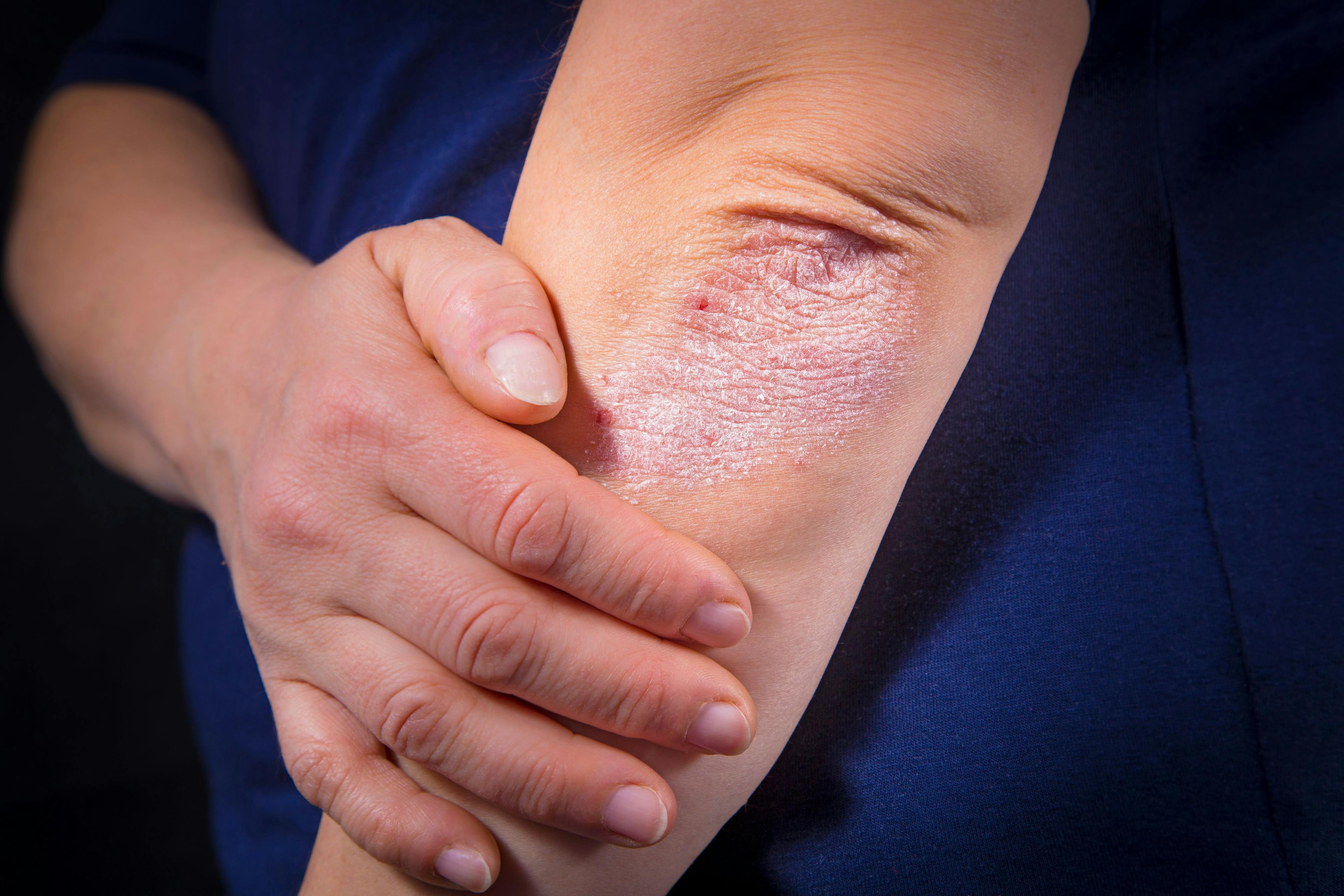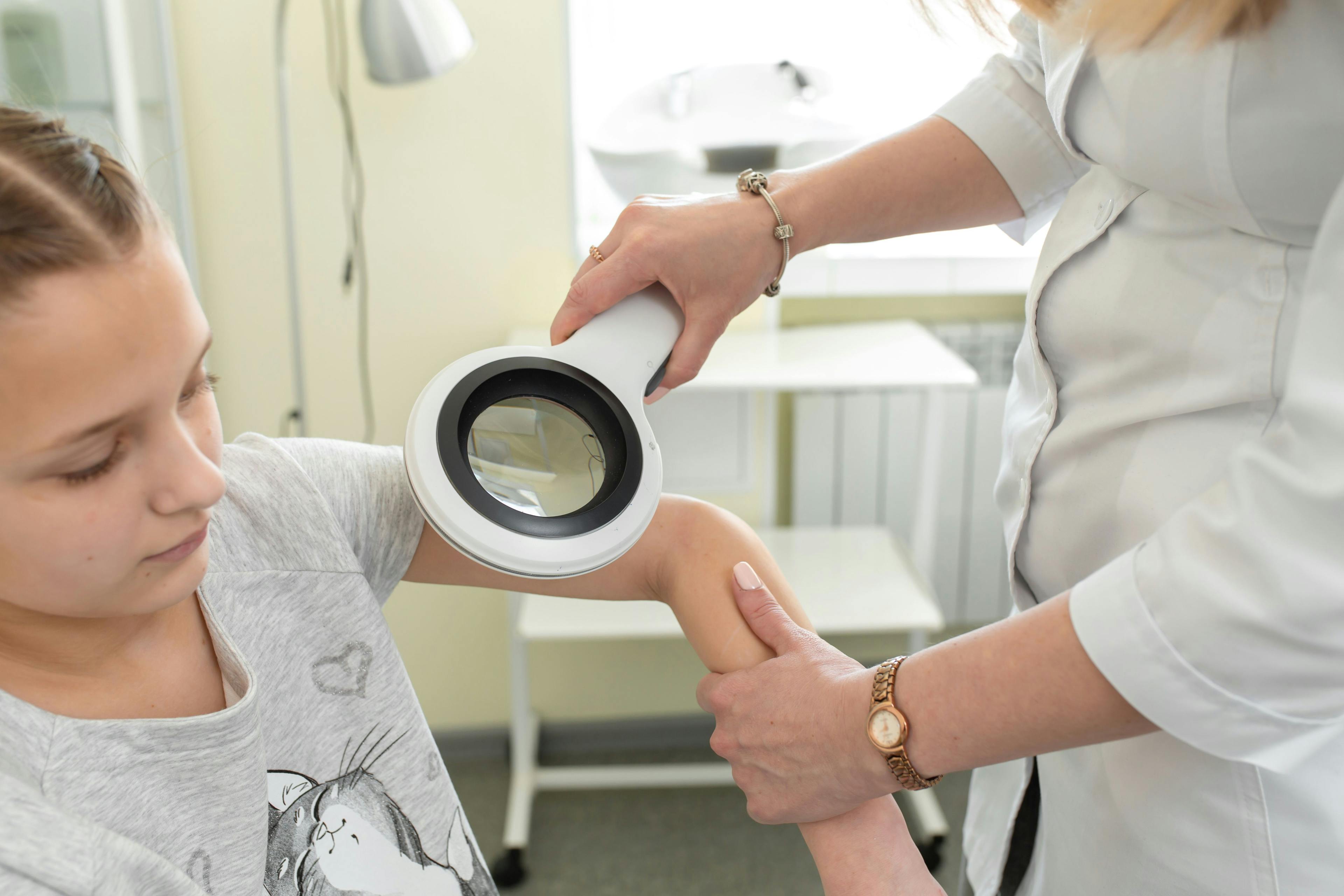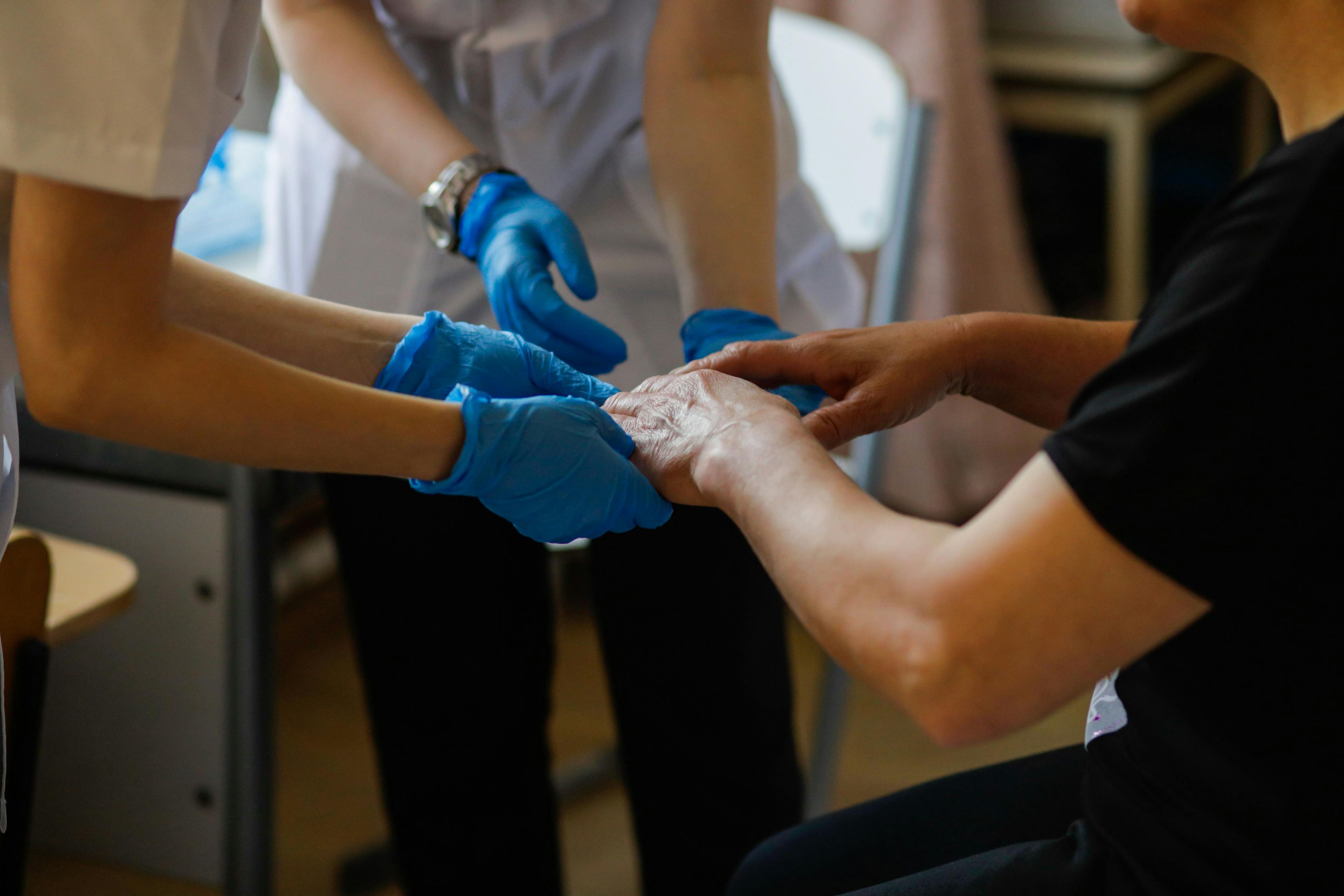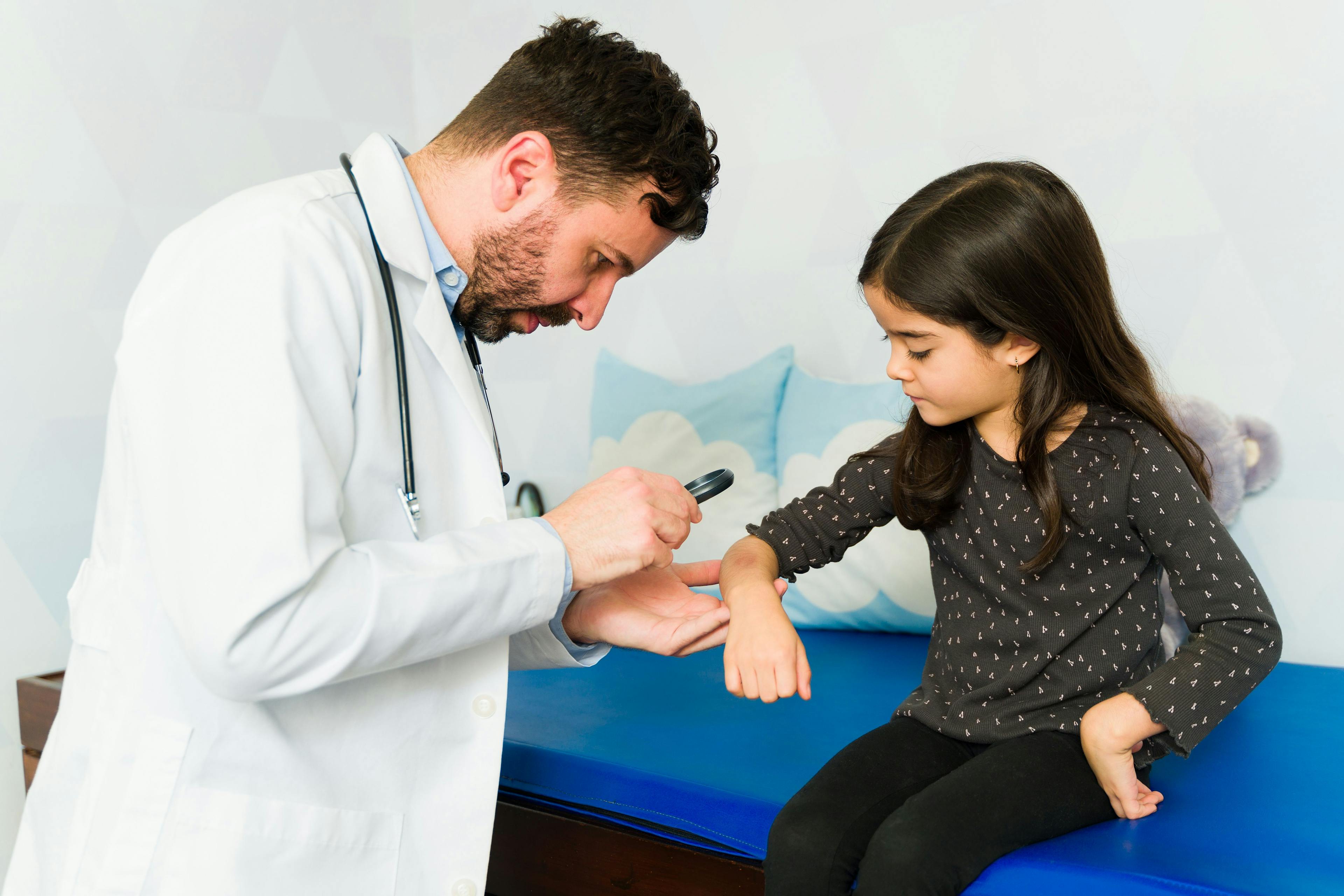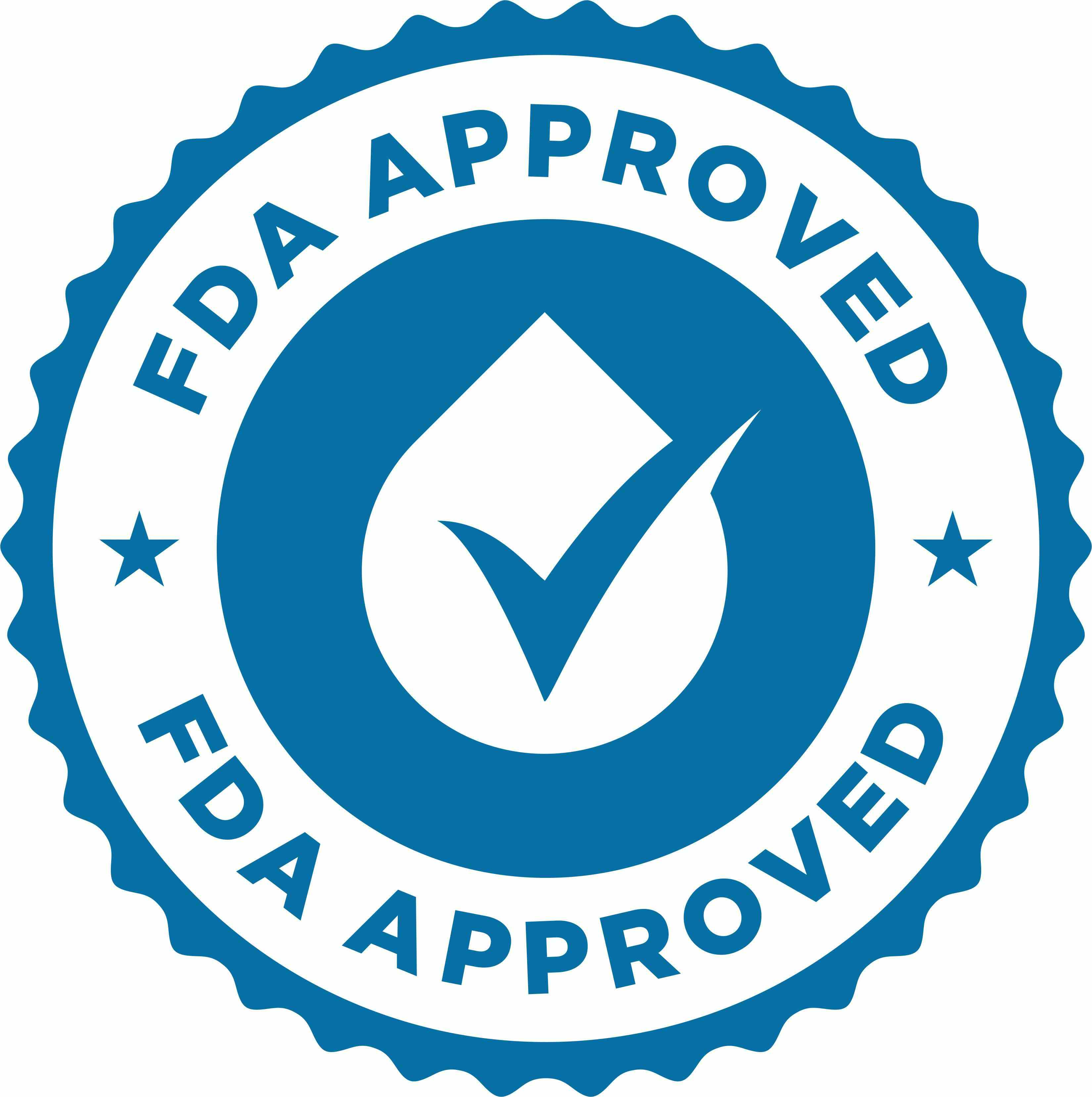- Acne
- Actinic Keratosis
- Aesthetics
- Alopecia
- Atopic Dermatitis
- Buy-and-Bill
- COVID-19
- Case-Based Roundtable
- Chronic Hand Eczema
- Chronic Spontaneous Urticaria
- Drug Watch
- Eczema
- General Dermatology
- Hidradenitis Suppurativa
- Melasma
- NP and PA
- Pediatric Dermatology
- Pigmentary Disorders
- Practice Management
- Precision Medicine and Biologics
- Prurigo Nodularis
- Psoriasis
- Psoriatic Arthritis
- Rare Disease
- Rosacea
- Skin Cancer
- Vitiligo
- Wound Care
News
Article
Dermatology Times
DFD-29 Achieves Phase 3 Co-Primary and All Secondary Endpoints for Papulopustular Rosacea Treatment
Author(s):
Based on the positive topline phase 3 results, Journey Medical plans to submit a New Drug Application to the FDA in the second half of 2023.
A new treatment for moderate-to-severe papulopustular rosacea in adults may soon be on the horizon, as Journey Medical Corporation announced today the positive topline data from its 2 phase 3 clinical trials investigating DFD-29.1 The multicenter, randomized, double-blind, parallel-group, active-comparator, and placebo-controlled clinical trials, Minocycline Versus Oracea in Rosacea-1 (MVOR-1) and Minocycline Versus Oracea in Rosacea-2 (MVOR-2) are evaluating 40 mg minocycline hydrochloride modified release capsules, known as DFD-29. In both trials (n=640), DFD-29 demonstrated statistical superiority over both Oracea (doxycycline) capsules and placebo for Investigator’s Global Assessment (IGA) treatment success and in the reduction in the total inflammatory lesion count.
Patients in both clinical trials were randomized in a 3:3:2 ratio to treatment with DFD-29, 40 mg doxycycline capsules, or placebo once daily for 16 weeks. The primary objective for both studies was to evaluate the safety and efficacy of DFD-29 compared to placebo, and the secondary objective was to evaluate the safety and efficacy of DFD-29 to doxycycline.
The proportion of patients achieving IGA treatment success in the DFD-29 group was statistically superior to those in the doxycycline and placebo groups. Additionally, the reduction in the total inflammatory lesion count from baseline to week 16 in the DFD-29 group was statistically superior to the doxycycline and placebo groups. There were no reported safety issues or serious adverse events related to study products in both MVOR-1 and MVOR-2 trials. The number of treatment emergent adverse events (TEAEs) and their severity were similar between the treatment groups, and the number of TEAEs related to study products were also similar.
MVOR-1 Topline Results (NCT05296629)
In the DFD-29 group, 65.0% of patients demonstrated IGA success, 46.1% showed IGA success in the doxycycline group, and 31.2% showed IGA success in the placebo group. The difference between the DFD-29 and doxycycline groups was statistically significant (P=0.007), and the difference between the DFD-29 and the placebo groups was statistically significant (P<0.001). The DFD-29 group showed a mean reduction of 21.3 lesions, while the doxycycline group showed a mean reduction of 15.9 lesions and the placebo group showed a mean reduction of 12.2 lesions from baseline to week 16. The difference between the DFD-29 and doxycycline groups and the difference between the DFD-29 and placebo groups were statistically significant (P<0.001).
MVOR-2 Topline Results (NCT05343455)
In the DFD-29 group, 60.1% of patients demonstrated IGA success, 31.4% showed IGA success in the doxycycline group, and 26.8% showed IGA success in the placebo group. The difference between the DFD-29 and doxycycline groups was statistically significant (P<0.001), and the difference between the DFD-29 and the placebo groups was statistically significant (P<0.001). The DFD-29 group showed a mean reduction of 18.4 lesions, the doxycycline group showed a mean reduction of 14.9 lesions, and the placebo group showed a mean reduction of 11.1 lesions from baseline to week 16. The difference between the DFD-29 and doxycycline groups and the difference between the DFD-29 and placebo groups were statistically significant(P<0.001).
The co-founder, president, and CEO of Journey Medical, Claude Maraoui, noted that based on the positive phase 3 results, Journey Medical plans to submit a New Drug Application to the FDA in the second half of 2023.
Reference
1. Journey Medical Corporation announces positive topline results from its two phase 3 clinical trials (MVOR-1 and MVOR-2) evaluating DFD-29 for the treatment of papulopustular rosacea in adults. Journey Medical Corporation. July 11, 2023. Accessed July 11, 2023. https://ir.journeymedicalcorp.com/new-events/press-releases/detail/47/journey-medical-corporation-announces-positive-topline

Newsletter
Like what you’re reading? Subscribe to Dermatology Times for weekly updates on therapies, innovations, and real-world practice tips.










